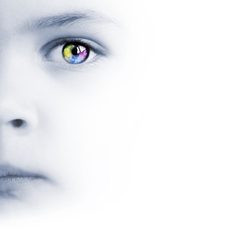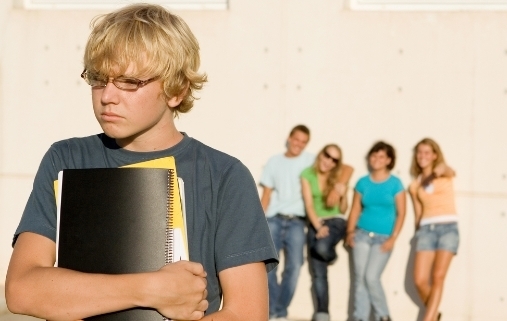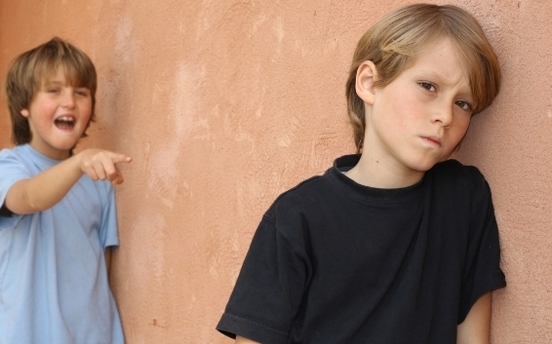
Helping people understand the world of autism
Autism
Atlas
Atlas
Autism and Bullying
Autism Atlas, Inc.
PO Box 13183
Pittsburgh, PA 15243
(570)592 3694
Jane@autismatlas.com
PO Box 13183
Pittsburgh, PA 15243
(570)592 3694
Jane@autismatlas.com
EIN 46-4772453

Did you know that 66% of children with autism are bullied. That's three times the rate of their siblings and peers. With the incidence of autism currently at
1 in 88 children and rising, this is a serious issue that we must address.
While many schools have adopted anti bullying programs and actively encourage acceptance of every pupil, the distinctive behaviors exhibited by children with autism make them a target for bullies.
One problem is that traditionally autism awareness programs focus on what autism is and the specific behaviors associated with it. So when children see a peer stimming or covering their ears and rocking, they know it is because they have a "neurological disorder" and are "different", but that's as far as their knowledge goes. Although it is useful for children to be taught the facts about autism, this kind of education does nothing to increase true understanding og, and empathy for, the individuals living with it.
1 in 88 children and rising, this is a serious issue that we must address.
While many schools have adopted anti bullying programs and actively encourage acceptance of every pupil, the distinctive behaviors exhibited by children with autism make them a target for bullies.
One problem is that traditionally autism awareness programs focus on what autism is and the specific behaviors associated with it. So when children see a peer stimming or covering their ears and rocking, they know it is because they have a "neurological disorder" and are "different", but that's as far as their knowledge goes. Although it is useful for children to be taught the facts about autism, this kind of education does nothing to increase true understanding og, and empathy for, the individuals living with it.
.
Children with autism do not only suffer physical acts of bullying. They are also subjected to the equally painful and harmful act of exclusion. Due to the lack of understanding of the physical issues they face that cause them to act in particular ways, they are usually ostracized by peers and seen as social outcasts. As the mother of a wonderful young man with autism, it is heartbreaking to see him sitting alone and know that he has never been invited to a
Children with autism do not only suffer physical acts of bullying. They are also subjected to the equally painful and harmful act of exclusion. Due to the lack of understanding of the physical issues they face that cause them to act in particular ways, they are usually ostracized by peers and seen as social outcasts. As the mother of a wonderful young man with autism, it is heartbreaking to see him sitting alone and know that he has never been invited to a
peer's birthday party or other social events. I know that beneath the surface, he is an amazingly funny, kind, warm, trustworthy person who cares deeply for other people's happiness and well being and would love nothing more than to be accepted by his peers.
We are all too familiar with the stories of children and young adults committing suicide as a result of bullying and social exclusion. This is a serious issue within the autism community, too. A study by researchers from Penn State University found that the percentage of children with autism rated by their parents as sometimes to very often contemplating or attempting suicide was 28 times greater than that of typical children. They found that a history of bullying was also very much associated with thoughts of suicide. Their findings suggested that the suicidal thoughts experienced by the participants with autism were more related to social factors, in other words how they are treated as a result of their neurological differences, than by the neurological differences themselves.
We are all too familiar with the stories of children and young adults committing suicide as a result of bullying and social exclusion. This is a serious issue within the autism community, too. A study by researchers from Penn State University found that the percentage of children with autism rated by their parents as sometimes to very often contemplating or attempting suicide was 28 times greater than that of typical children. They found that a history of bullying was also very much associated with thoughts of suicide. Their findings suggested that the suicidal thoughts experienced by the participants with autism were more related to social factors, in other words how they are treated as a result of their neurological differences, than by the neurological differences themselves.
Unfortunately, the severity of the effects of bullying is often downplayed when people talk about it in relation to people with autism. Many people assume that acts of bullying would be less hurtful to a person on the spectrum, either because they would not care about being ostracized (based on the assumption that they don’t want relationships), or because they wouldn't have the social awareness to realize that they were being ostracized in the first place. Other people have suggested that the very makeup of people on the spectrum predisposes them to suicide, regardless of the circumstances, like some sort of “neurological time bomb”. Thus, when they commit or consider committing suicide, it isn't the acts of bullying they have experienced that are to blame, it is their neurological makeup. Obviously, both these ideas are ridiculous. What people need to understand is that individuals with autism, like my son, DO care about having personal relationships and DO have something valuable to offer society.
That's why I decided to dedicate my life to educating people about the underlying issues people with autism face every day and, hopefully, increase understanding and empathy for them. It is only when people truly understand the challenges these individuals face, that they will be accepted and viewed as valuable members of society. In 2012, I started Autism Atlas and wrote "Understanding My Friends With Autism" and "Welcome To My World". Both programs help 'neurotypical' people experience the kind of sensory processing problems that many individuals with autism have to deal with. It is these sensory issues that cause many of the unusual behaviors they exhibit. After completing the simulations within the program and discussing the emotions linked to the exercises, the participants leave with increased empathy for people with autism. When they understand why they act the way they do, they are less likely to make fun of them, or bully them and are more likely to include them in social activities.
As the mother of a child with autism I am passionate about increasing acceptance for our exceptional kids and, as such, I urge you to encourage your local school districts and community organizations to preview the programs. "Understanding My Friends With Autism" is designed for elementary age children and "Welcome To My World" is perfect for students and adults alike, aged 12 years and older. They are truly unique programs that can be used to complement an existing anti-bullying program or as a stand alone autism awareness presentation. Interested parties can contact me for further information.
Thank you for your time and interest.
Jane Dunthorne
That's why I decided to dedicate my life to educating people about the underlying issues people with autism face every day and, hopefully, increase understanding and empathy for them. It is only when people truly understand the challenges these individuals face, that they will be accepted and viewed as valuable members of society. In 2012, I started Autism Atlas and wrote "Understanding My Friends With Autism" and "Welcome To My World". Both programs help 'neurotypical' people experience the kind of sensory processing problems that many individuals with autism have to deal with. It is these sensory issues that cause many of the unusual behaviors they exhibit. After completing the simulations within the program and discussing the emotions linked to the exercises, the participants leave with increased empathy for people with autism. When they understand why they act the way they do, they are less likely to make fun of them, or bully them and are more likely to include them in social activities.
As the mother of a child with autism I am passionate about increasing acceptance for our exceptional kids and, as such, I urge you to encourage your local school districts and community organizations to preview the programs. "Understanding My Friends With Autism" is designed for elementary age children and "Welcome To My World" is perfect for students and adults alike, aged 12 years and older. They are truly unique programs that can be used to complement an existing anti-bullying program or as a stand alone autism awareness presentation. Interested parties can contact me for further information.
Thank you for your time and interest.
Jane Dunthorne



